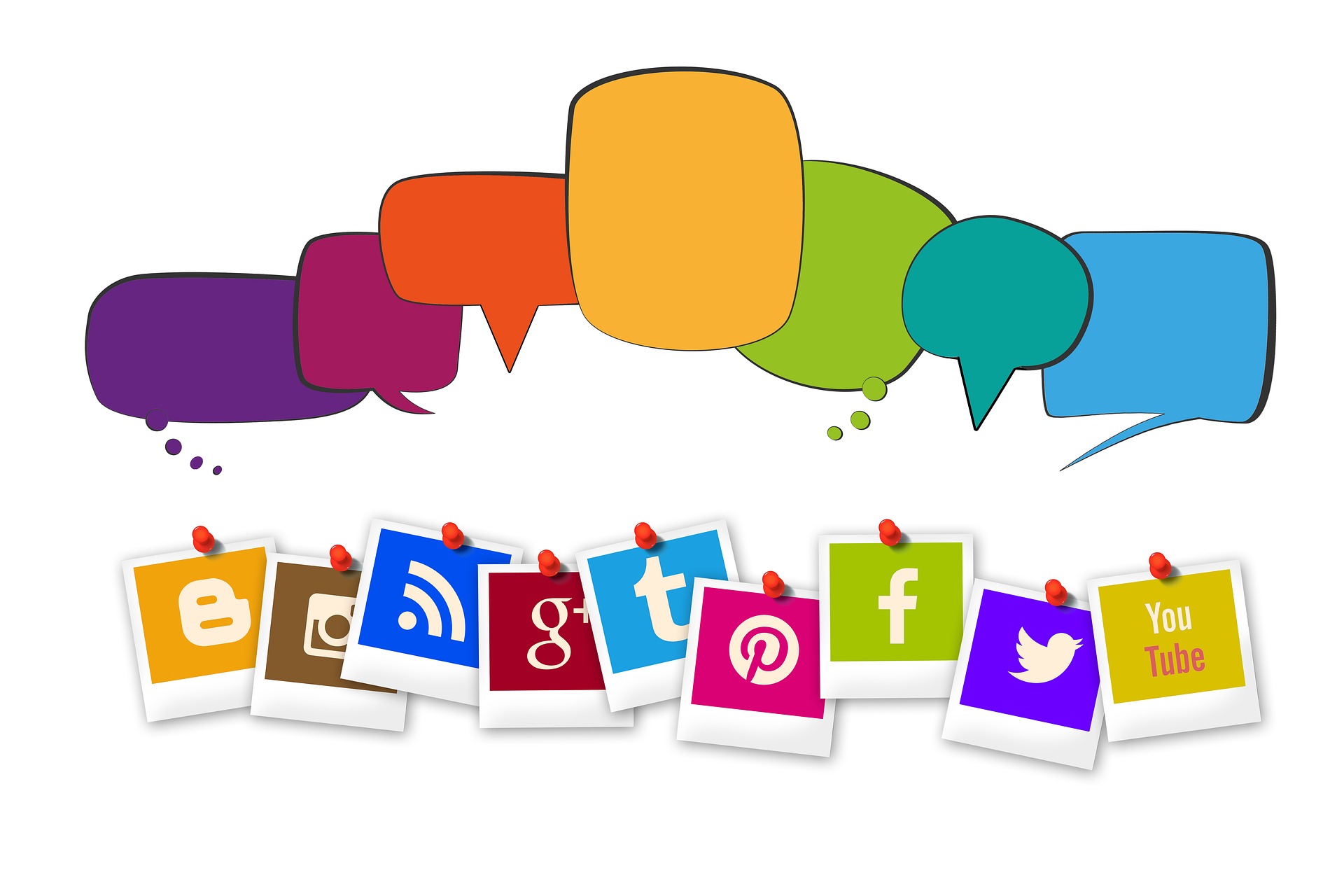Tablet Comparison And E-Book Readers Technology
An e-book reader is a reading device for electronic books, the e-books.
E-book reader technology makes reading easier in many ways. Many are less than 200g and lighter than most paperbacks. In addition, you can change the font size and thus often read without reading glasses.
Tablet comparison: Differences between e-book readers and tablets technology
You can read E-books on e-book readers and tablets.

Since e-book readers do not need a backlight, they have three very important advantages over tablets
- The battery life is much longer – up to 8000 page turns or four weeks. Ideally, the display technology used, which mostly comes from E Ink, should only consume electricity when the screen content changes.
- They’re better for the eyes because the eyes are less stressed and tire as quickly as a tablet. Thus, if you want to use a tablet, tablet comparison is necessary.
- The screens of the e-book readers hardly reflect, which means that they can also be used outdoors very well. Tablets are very difficult to use because of the strong reflections outside. This can be seen well in the following video:
Tablets also have advantages over e-book readers
Tablets respond faster and offer color displays. At the moment, the e-book readers from the major providers such as Amazon and Tolino are not yet available with a color display, but with 16 shades of gray.
Since the screens of good e-book readers are not based on LCD technology, the image changes take a little longer. As a result, it is currently not possible to watch videos on most devices.
While the screen diagonal of e-book readers is usually 6 inches, it is often around 10 inches on tablets. However, at around 600 g, tablets are often more than twice as heavy and much more unwieldy than the most common e-book readers.
E-book readers with eye-friendly front lighting have been developed so that e-books can also be read comfortably in the dark. The lighting reduces the battery life, but it is still several times longer than that of tablets.
Due to the advantages of the display and the low weight, e-book readers are usually superior to tablets when reading e-books.
The special thing about e-book readers: Tablet comparison display technology
The displays of e-book readers use a different technology than the displays of computer monitors, tablets and smartphones. Electronic paper is used in e-book readers. The other devices mentioned use LCDs and OLEDs.
The electronic paper does not need a backlight to display content. No power is used for viewing. However, turning the page consumes electricity as the content changes.
Therefore, e-book readers have advantages over other reading devices.


